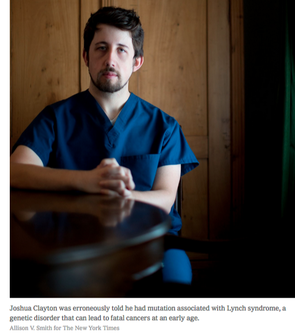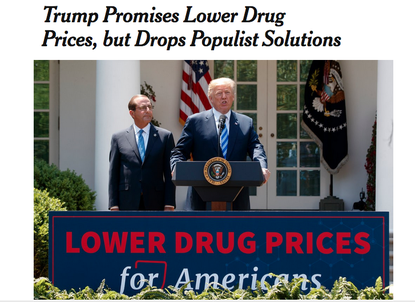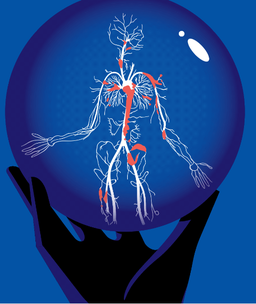One of the most important points is that the problem is treatable. Because the onset of symptoms is gradual, woman may not realize that the cause could be lack of estrogen. Unlike hot flashes, which may resolve with time, the lack of estrogen causes vaginal symptoms to gradually worsen with time.
Many women may experience:
- Discomfort or pain with sex
- Increased yeast or urine infections
- Vaginal dryness and discomfort
Despite the uncomfortable symptoms, women may hesitate to bring these issues up with their doctors. At Georgia Hormones, we understand the problem and know of many hormonal and non-hormonal solutions.
Don’t suffer silently. We can help.












 RSS Feed
RSS Feed